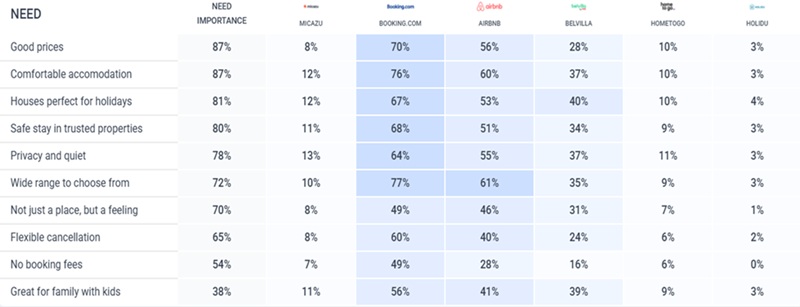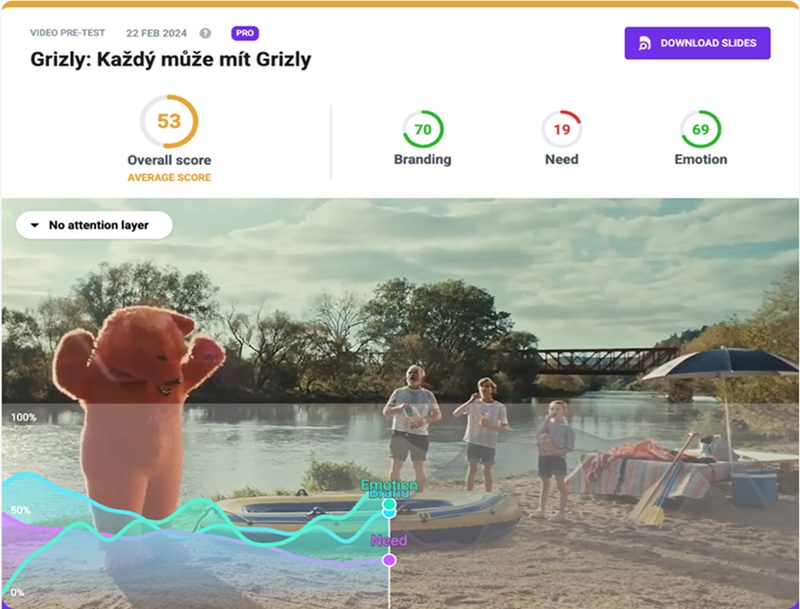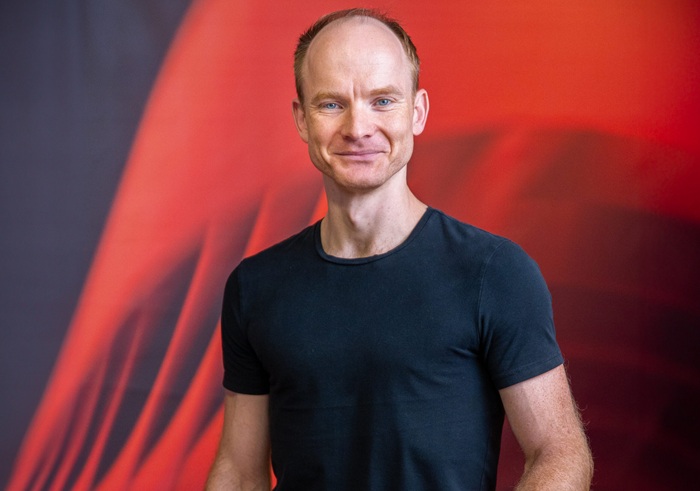They know they have something to offer – but the market is crowded, people's attention is priceless, and the big players have cornered almost all the important needs. In such an environment, "doing nice marketing" is not enough. You need to know exactly where you have a chance to break through.
Marketing researchers at Behavio have measured thousands of advertising campaigns and monitor the health of hundreds of domestic and foreign brands. Based on this data, they have compiled insights that will help even small brands become memorable and find their place in the spotlight alongside established giants. But above all, they show how to translate all that marketing into real sales figures.
How a small brand can grow
A small brand starts to grow when it manages to create a strong and positive association with a specific customer need in people's minds. This increases its "mental availability," which is directly linked to the likelihood of purchase.
In practice, this means that people must remember the brand when they are dealing with a specific (purchasing) need. If customers don't remember it, they won't choose it. And it doesn't matter if it's 100% organic or cheaper than the competition. 95% of all human decisions take place in the subconscious, and people tend to avoid lengthy thinking when shopping.
1. The need to differentiate yourself
Before you start doing anything, you need to choose one sufficiently strong need that you can be the best at.
Why just one? Won't you reach more people more easily if you try to convince them with multiple benefits? Small brands usually don't have enough resources to effectively connect with multiple customer needs. Focused communication of a single message leads to faster memorization.
How to find and select the most appropriate need?
- Find out how important each need is to your target audience.
- Compare how strongly existing players are linked to them.
- Look for needs that are important but have not been sufficiently addressed by the competition.
An example of this is the situation in the field of online accommodation reservations.
 Source: Data in Behavio Platform
Source: Data in Behavio PlatformEstablished players such as Booking and Airbnb already have a strong hold on what is most important to customers.
"Good price" plays a major role in the choice of accommodation for 87% of people, and people most often associate this with Booking (70%). In contrast, people most often associate AirBnb with "wide selection" (61%) – a need that is important to 72% of people. This is not the way forward for a small brand.
European Belvilla has therefore decided to communicate that it is "great for families with children." Although this need is important for "only" 38% of respondents, most of the big players are not strong in this area. Belvilla has therefore decided to fill this need and communicate it more intensively. The data shows that people associate this with the brand relatively more often (8 percentage points more).
2. Lean on strong symbols
Once you have a clear strategic direction, you need to be recognizable when customers are thinking about the situation they are dealing with. This is where brand symbols come in – slogans, graphic elements, mascots, logos, etc. You can recognize a strong symbol by the following characteristics:
-
- Familiar – people have no problem recognizing the symbol.
- Unique – people associate it with the right brand.
Positive emotions – the symbol evokes pleasant feelings that promote memorization.
 Source: Behavio
Source: BehavioThe case of Bageterie Boulevard shows that even without a large media budget, it is possible to create a distinctive logo or graphic element. This symbol is known to 45% of respondents, and 75% of them correctly associate it with Bageterie.
The goal is to use the symbol repeatedly, in different contexts, and, above all, over the long term. A small brand should not abandon its symbols just because the marketing director has grown tired of them. Unless they evoke purely negative emotions in the population, the brand should stick with them.
Tip for practice – whichever type of slogan you choose, look around your category and do the exact opposite of what your competitors are doing. Do they all have a mascot? Don't add another one. You'll become interchangeable.
3. Be consistent in every campaign
While larger brands can afford to be a little lax about branding, their smaller counterparts have a much harder time. Data from Behavio shows that consistency in branding is more important than creativity itself for smaller brands.
This is illustrated, for example, by an advertisement for Habánské sklepy wine.
 Source: Data in Behavio Platform
Source: Data in Behavio PlatformThe spot undoubtedly impressed viewers, with 68% responding positively to the ad. They enjoyed the style in which it was filmed and the story it told. However, due to insufficient branding, only 33% of viewers associated the campaign with the correct brand.
On the other hand, the Grizzly brand is an example of good work with clear and consistent branding.
 Source: Data in Behavio Platform
Source: Data in Behavio PlatformThe health food store used a bear mascot in its first television campaign and definitely didn't skimp on it. In addition to positive emotions, it also achieved high brand recall – 78%.
Systematic and consistent work with branding simply pays off.
4. Don't be afraid of emotions
Emotions are important in advertising campaigns because they help the overall memorability of the ad. Small brands can also be a little bolder than established ones – they have room to grow, so they don't have to appeal to everyone, just a large enough group of people. However, controversy alone is not enough – it must fulfill the principles of distinctiveness and be linked to a clear customer need.
We don't have to look far for examples of great work with emotions.
Krušovický Bohém evokes positive emotions and does a relatively good job of associating the brand with parties. Růžový slon combines humor and cuteness. And Angry Beards, for example, often push the boundaries of controversy in their communication, which helps them gain significant media coverage and build a strong memory trace.
5. Practical tips from marketing science
Building a brand can be a long-term endeavor, and it can sometimes be difficult to navigate what is truly important. However, experience from marketing research can be summarized into a few practical points that small brands can adhere to.
- Penetration before loyalty: Most customers are so-called light buyers. Therefore, small brands should prioritize reaching as many people as possible instead of rewarding loyalty.
- 60% branding vs. 40% activation: Long-term investments in branding reduce the cost of performance campaigns and increase return on investment.
- Focus on maximum availability: Compensate for a limited network of brick-and-mortar stores with pick-up points and partner channels.
- Aim for an ESOV greater than +10 percentage points.: If a brand manages to increase its share of voice by more than ten percentage points compared to its actual market share, it can expect growth.
- Community ambassadors: Use fans as content creators and expand your reach without high GRP costs.
Bottom line: the key to success for small brands is not to fight giants with budgets, but to try to be in the minds of customers where others are not, to be consistent in their activities, and to stay the course. Growth will then follow.
Author: Vojtěch Prokeš, Behavio
Source: mediaguru.cz

